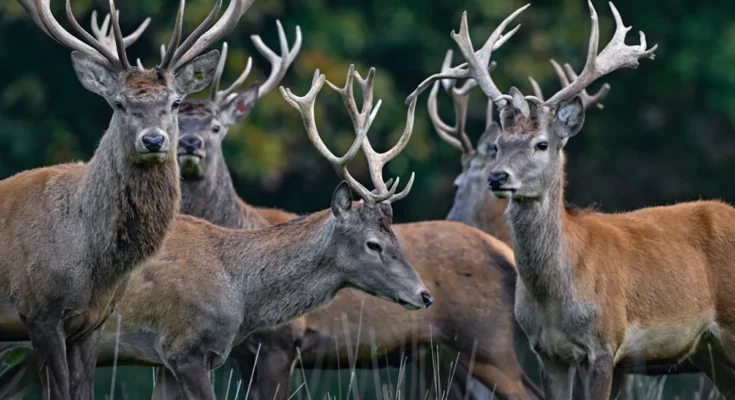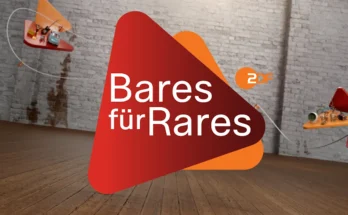Red deer received the most votes in one poll, ahead of stoats and golden jackals. But experts warn that the extinction process is beginning. Because these animals cannot migrate adequately in Germany.
The red deer was selected as the wild animal of 2026. The “King of the Open Lands” won the vote against his rivals, the stoat and the golden wolf, the German Wildlife Foundation said. Experts warn of reduced genetic diversity and the start of the extinction process due to the isolation of species populations.
Therefore, the red deer is considered the largest land mammal commonly living in Germany. There are around 220,000 red deer living in Germany, with the species name including both male and female animals. Deer, calves, and young animals live together in groups, and deer also form groups outside the rut season.
According to information, red deer prefer semi-open landscapes, but are increasingly being harassed and hunted there. Therefore, they usually hide in forests, where they eat up to 20 kilograms of plants every day, thereby involuntarily changing the habitat they live in.
Apart from the conflict with the forestry industry, this also has a positive impact. Red deer create small open spaces that benefit sun-loving plants and grasses as well as butterflies, wild bees, and carpenter ants. Deer antlers, which fall off every year, also serve as food for squirrels and other rodents.
Pink deer also spread plant seeds over long distances and expel them. Migration of young deer also ensures genetic exchange, but often ends on roads, railroads or canals.
In addition, according to the foundation, the species is under pressure from officially defined species distribution limits. Red deer in Baden-Württemberg are only allowed to colonize four percent of the state’s territory. In other areas, hunters are legally required to kill every red deer, with some exceptions.
“To help red deer, their habitats must be better reconnected,” explains Andreas Kinser from the German Wildlife Foundation. “We can do this, in part, by building more green bridges on highways and generally not allowing the hunting of migratory animals.”
New habitats will also play an important role. “Small populations should be allowed to exist between distant events and serve as springboards for building networks,” explains Kinser. Only if red deer are given more space will it be possible to “preserve this interesting species in Germany in the long term,” Kinser stressed.
yes/afp



